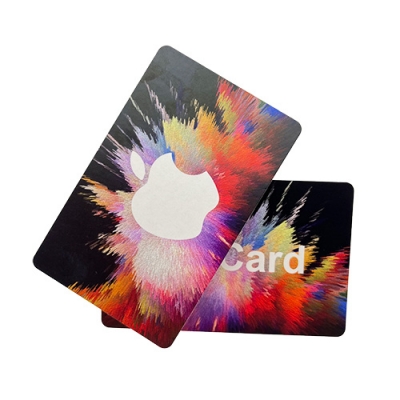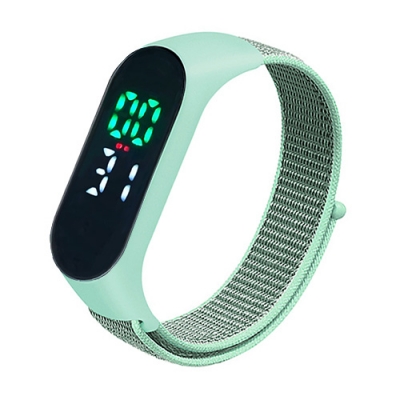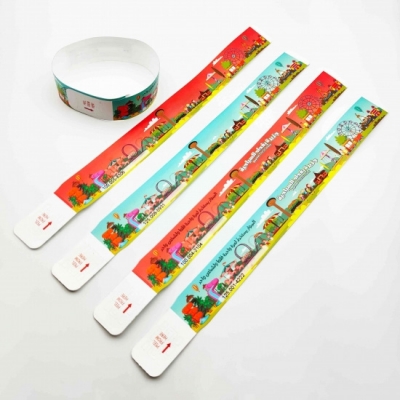When an RFID tag is placed on or near a metal surface, it creates an interference or shielding effect that can hinder communication between the tag and the reader. Metal, especially thick or highly conductive metal, can reflect or absorb radio waves emitted by the reader, reducing the readability of RFID tags.
However, certain factors can improve the read range and effectiveness of RFID tags through metal.
1. Frequency: RFID technology operates on different frequency bands, such as low frequency (LF), high frequency (HF), or ultra-high frequency (UHF). UHF RFID is generally easier to read through metal because it is able to penetrate or bypass metal obstacles.
2. Tag placement: Placing the tag away from large metal surfaces or using insulating material between the tag and the metal can improve readability.
3. Reader Antenna Orientation: Adjusting the orientation or placement of the reader antenna can improve the chances of successfully reading an RFID tag through metal.
4. Specialized Tags: Some RFID tags are designed specifically for use on metal surfaces. These tags are often referred to as "on-metal" tags, such as anti-metal tags.
UHF flexible anti-metal tags are widely used in logistics, warehousing, manufacturing, aerospace, automotive and other industries that require contact with metal surfaces. They can be used to track inventory, manage assets, and visualize the logistics chain.
















